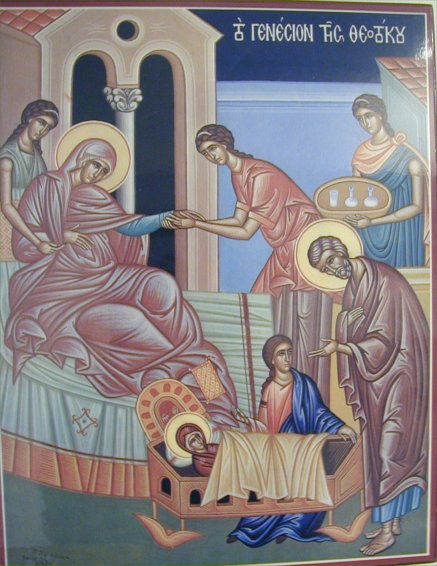 According to acclaimed parenting author Jim Stenson, growth from birth to adulthood can be summarized in three distinct stages. Let’s take a look at the first two:
According to acclaimed parenting author Jim Stenson, growth from birth to adulthood can be summarized in three distinct stages. Let’s take a look at the first two:
Childhood: “What can you do for me?”
A child’s world completely revolves around itself. The child himself is the centre of the universe. She believes that others exist to serve her needs and cater to her whims – whether that be “feed me”, “play with me”, or “entertain me”. We have all known young people who have, tragically, never advanced to the next stage, which is…
Adolescence: “I can do it for myself.”
This is the journey from dependence to independence. Unfortunately, many people have confused this with the final step, thinking this is the goal. It’s somewhat like my dad used to say to me (and maybe you heard this growing up, too): “My goal is to have you out of the house at 18 and on your own!” These days some parents are lucky if their kids move out by age 35, it seems.
But we still haven’t arrived at the goal because this 2nd stage, like the childhood stage, is still ultimately concerned with self. Childhood says, “What can you do for me?” while Adolescence says, “I can do it for – who? For myself”. Either way, the focus is still concern for self.
Many people, even as adults, remain trapped somewhere between these two stages. Tiger Woods is a great example of such a narcissistic soul. Professionally, he exhibits all the character traits in his job that one would want to see in his personal life: Determination. Hard work. Never quits. Perseverance. In this sense, Tiger is a lot like many adults we work with, who are our neighbors. Essentially, they are highly skilled barbarians. Professionally: mature, competent. Ethically: immature and incompetent. Monetarily: wealthy. Morally: bankrupt.
As a person Tiger is still not mature. At his press conference, one of the things he said was that he felt “entitled” to do the things he did. In other words, “The laws of morality don’t apply to me. Why? Because I’m me! I’m Tiger Woods!”
It may be easy to dismiss Tiger as an extreme case, but believe me, your kids, your Catholic teens, are prone to the same self-deception that befell Tiger. It may not manifest itself the same way, but trust me, it’s there.
Recently a Catholic school (which shall remain nameless) realized they had a bit of a problem on their hands. Teachers noticed that many students were exhibiting attitudes and behaviors that many found questionable – just the kinds of things you don’t want to see in the lives of your own kids.
Interviews were done with all of the families of these kids to find out what the problem was. They found that none of these kids’ problems were due to their family situations. In other words, the kids didn’t pick these vices up from home – they got it from the culture that we live in. They imbibed it from the society around their homes – TV, the internet, music, movies, media of all kinds – and from their friends.
They also found out that every single kid, every single case, had one thing in common. Do you know what it is? It surprised the heck out of the researchers. No matter whether the student was involved with violence, alcohol, drugs, sexual sins, materialism, you name it – all of them had one thing in common: a rejection of the created order. What? What does that mean? The root of all these kids’ problems was a rejection of creation.
Think about it. If I reject the created order, that means that I am rejecting the fact that there is a reality, there is an order – outside of myself – and that the only approach to life that makes sense is to try and find out what this reality is all about and try to conform my life to the way things actually are, not the way I want them to be.
To reject the created order of reality also means to reject the fact that there is a creator who came up with all of this creation – and that I am responsible to this creator. And this creator we call God.
But I don’t want to do that, because that would mean admitting that I’m not the center of the universe; that the universe really doesn’t revolve around me after all. That would involve me actually growing up. But grow up we must if we are to arrive at the final stage of growth from childhood, the goal of all parenting: adulthood. Because, again, we’re raising adults, not children.



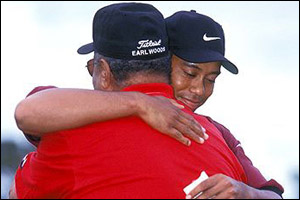 Note: This is part one of my latest article in October’s Catholic Insight magazine. On a personal note, I’m a great fan of Tiger Woods, the golfer – and I pray for Tiger Woods, the man.
Note: This is part one of my latest article in October’s Catholic Insight magazine. On a personal note, I’m a great fan of Tiger Woods, the golfer – and I pray for Tiger Woods, the man. 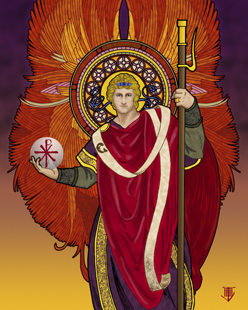 Today is the feast of the Archangels Michael, Gabriel and Raphael. In the Old Testament book of Tobit, St Raphael encourages Tobias to marry Sarah: “But do not be afraid, for she was set apart for you before the world existed” (Tobit 6:18).
Today is the feast of the Archangels Michael, Gabriel and Raphael. In the Old Testament book of Tobit, St Raphael encourages Tobias to marry Sarah: “But do not be afraid, for she was set apart for you before the world existed” (Tobit 6:18). For all of you in the GTA, part one of a three-part series on The New Mass – the new English translation of the Roman Missal – starts tonight! It all takes place at
For all of you in the GTA, part one of a three-part series on The New Mass – the new English translation of the Roman Missal – starts tonight! It all takes place at 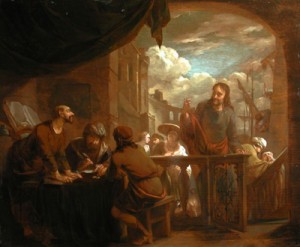 The
The 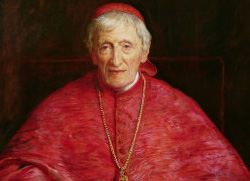
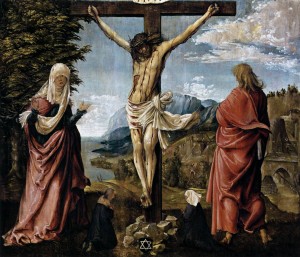 One of the optional Gospel readings for today’s feast comes from the Fourth Gospel – John 19:25-27:
One of the optional Gospel readings for today’s feast comes from the Fourth Gospel – John 19:25-27: